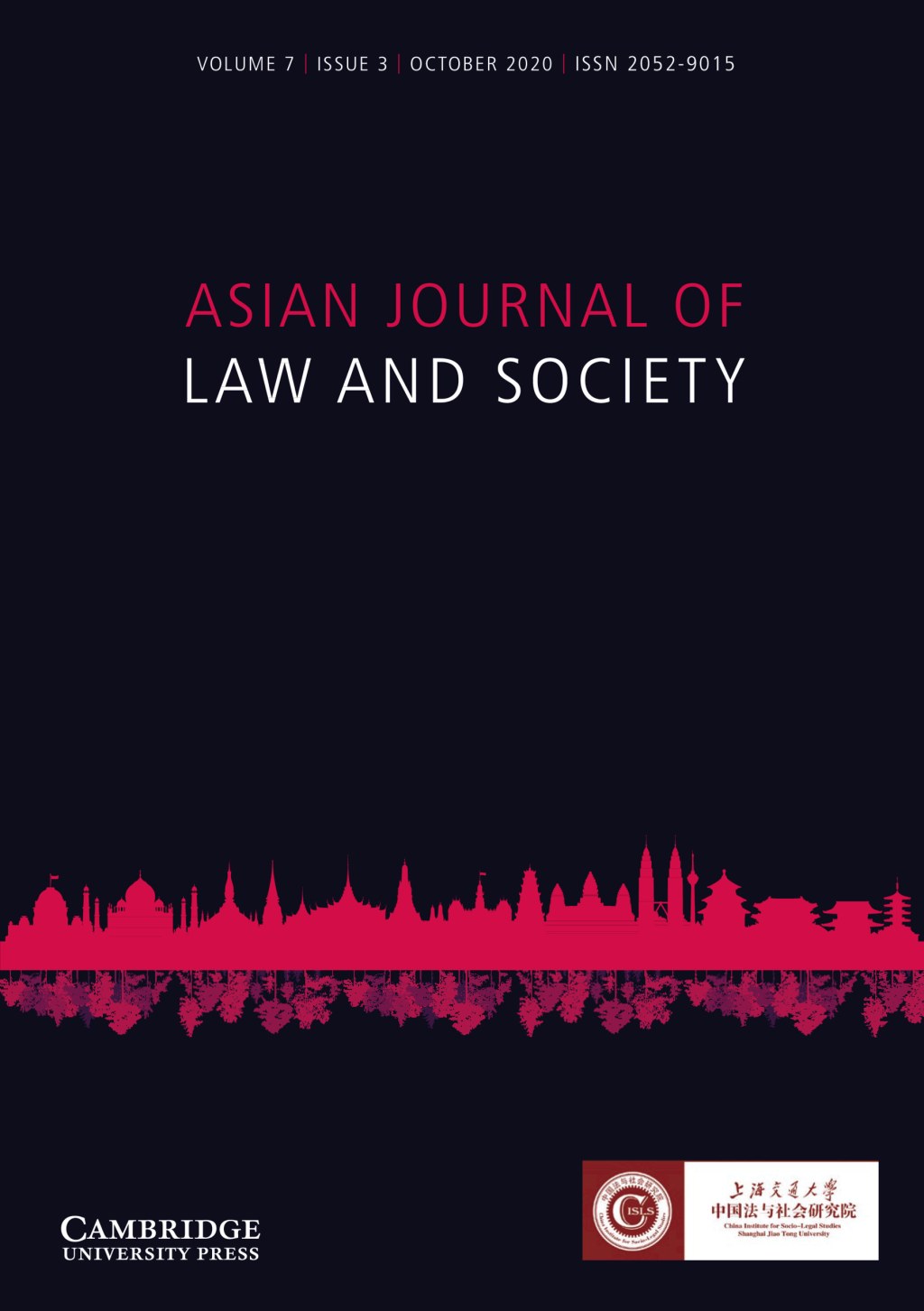Unlocking The Dynamics Of Law And Society In South Asia: Discover The Fascinating Interplay And Take Action Now!
Law and Society in South Asia
Introduction
2 Picture Gallery: Unlocking The Dynamics Of Law And Society In South Asia: Discover The Fascinating Interplay And Take Action Now!


Dear Readers,
Welcome to this article on Law and Society in South Asia. In this piece, we will explore the relationship between law and society in the context of South Asia. The region is known for its diverse cultures, languages, and traditions, and understanding the dynamics of law and society here can provide valuable insights into the functioning of legal systems in this part of the world.

Image Source: blogspot.com
South Asia comprises countries such as India, Pakistan, Bangladesh, Sri Lanka, Nepal, and Bhutan, among others. Each of these nations has its own distinct legal framework, shaped by historical, cultural, and social factors. The interaction between law and society in South Asia is a complex and fascinating subject, with a wide range of implications for the region’s development.
Throughout this article, we will delve into various aspects of law and society in South Asia, examining its origins, key players, timeline, geographical reach, significance, and impact. By the end of this piece, readers will have a comprehensive understanding of the subject and its relevance in the region.
What is Law and Society in South Asia?

Image Source: cambridge.org
Law and society in South Asia refer to the interplay between legal systems and the broader societal context in this region. It examines how laws are formulated, implemented, and interpreted, and how they impact individuals, communities, and institutions.
🔍 Law and Society in South Asia – A Complex Interplay 🔍
From historical legislations to contemporary legal frameworks, the region offers a rich tapestry of legal systems that shape the lives of millions. Understanding the nuances of law and society in South Asia is crucial to grasp the dynamics of governance, justice, and social order in these countries.
Who Shapes Law and Society in South Asia?
✨ Key Players in the Legal Landscape ✨
Law and society in South Asia are influenced by various stakeholders, including lawmakers, legal professionals, judiciary, civil society, and citizens. Policymakers and legislators play a significant role in enacting laws, while lawyers, judges, and legal experts interpret and apply them. Civil society organizations and citizens actively participate in shaping legal discourse and advocating for change.
When Did Law and Society Develop in South Asia?
📅 Timeline of Legal Evolution 📅
Law and society in South Asia have evolved over centuries, with influences from both indigenous practices and foreign legal systems. Ancient legal texts, such as the Arthashastra and Manusmriti, laid the foundation for legal principles in the region. Subsequent invasions, colonial rule, and independence struggles have shaped the modern legal frameworks in South Asian countries.
Where Does Law and Society Apply in South Asia?
📍 Geographical Reach of Legal Systems 📍
Law and society in South Asia operate within the territorial boundaries of individual countries. Each nation has its own legal system, comprising legislations, courts, and administrative bodies. However, there are also regional and international legal frameworks that impact South Asian countries, such as trade agreements, human rights conventions, and cross-border cooperation.
Why is Law and Society Important in South Asia?
🔑 Significance and Impact of Legal Systems 🔑
Law and society in South Asia are of paramount importance for several reasons. Firstly, legal systems provide a framework for maintaining order, resolving disputes, and protecting rights. They are crucial for upholding justice, democracy, and the rule of law. Secondly, legal institutions play a vital role in driving social and economic development. Finally, the interaction between law and society reflects the values, norms, and aspirations of the people in the region.
How Does Law and Society Function in South Asia?
🔧 Mechanisms and Processes of Legal Systems 🔧
Law and society in South Asia function through a combination of legislation, enforcement, and interpretation. Laws are formulated by legislative bodies, such as parliaments, and are enforced by executive authorities, including the police and regulatory agencies. The judiciary plays a crucial role in interpreting laws, resolving disputes, and upholding constitutional rights.
Advantages and Disadvantages of Law and Society in South Asia
👍 Advantages and Disadvantages of Legal Systems in South Asia 👎
1. Improved Governance: Legal systems provide a framework for effective governance, ensuring transparency, accountability, and the rule of law. However, challenges such as corruption and inefficiency can hamper their effectiveness.
2. Access to Justice: Legal systems aim to provide equal access to justice for all individuals. However, factors such as cost, complexity, and delays in the legal process can limit this access, particularly for marginalized communities.
3. Protection of Rights: Legal systems play a crucial role in safeguarding human rights and fundamental freedoms. However, enforcement mechanisms and gaps in legislation can pose challenges to the protection of rights in South Asia.
4. Investor Confidence: A robust legal system enhances investor confidence, promoting economic growth and foreign investments. However, inconsistent enforcement of laws and lack of legal reforms can deter investment in the region.
5. Legal Pluralism: South Asia’s diverse cultural and religious landscape is reflected in its legal systems. While legal pluralism allows for flexibility and accommodation, conflicting laws and practices can create complexities and inconsistencies.
Frequently Asked Questions about Law and Society in South Asia
1. What are some notable legal reforms in South Asia?
Notable legal reforms in South Asia include the abolition of archaic laws, such as Section 377 in India, which decriminalized homosexuality. Reforms have also focused on strengthening human rights, improving access to justice, and enhancing legal frameworks for trade and commerce.
2. How does corruption impact the legal systems in South Asia?
Corruption poses a significant challenge to the effectiveness and integrity of legal systems in South Asia. It undermines trust in institutions, hampers access to justice, and perpetuates inequality.
3. How do traditional and customary laws coexist with modern legal systems in South Asia?
Traditional and customary laws coexist with modern legal systems in South Asia, particularly in rural and indigenous communities. Efforts are being made to reconcile these legal frameworks, ensuring a harmonious integration of diverse legal practices.
4. What role do women play in shaping law and society in South Asia?
Women are playing an increasingly significant role in shaping law and society in South Asia. From legal activism and advocacy to policy-making and judicial appointments, women are contributing to the evolution of legal systems and promoting gender equality.
5. What are the challenges in ensuring access to justice for vulnerable groups in South Asia?
Ensuring access to justice for vulnerable groups, such as women, children, and marginalized communities, remains a challenge in South Asia. Factors such as poverty, social stigma, limited awareness, and a lack of legal representation contribute to this issue.
Conclusion
In conclusion, law and society in South Asia form a complex and dynamic relationship, with far-reaching implications for individuals, communities, and institutions. The region’s rich legal heritage, diverse cultural context, and evolving socio-economic landscape shape the functioning of legal systems. While there are advantages and disadvantages, it is crucial to recognize the significance of law and society in promoting justice, upholding rights, and driving social progress.
🏛️ Let us strive for a South Asia where legal systems are inclusive, transparent, and responsive to the needs of all. Together, we can create a society that embraces the principles of fairness, equality, and the rule of law.
Final Remarks
Dear Readers,
Thank you for joining us on this exploration of law and society in South Asia. We hope this article has provided valuable insights into the subject and its relevance in the region. It is essential to continue engaging in discussions and actions that contribute to the improvement of legal systems and the well-being of society as a whole.
🌍 Let us work towards a South Asia where law and society thrive, fostering peace, justice, and prosperity.
This post topic: Law and Society

